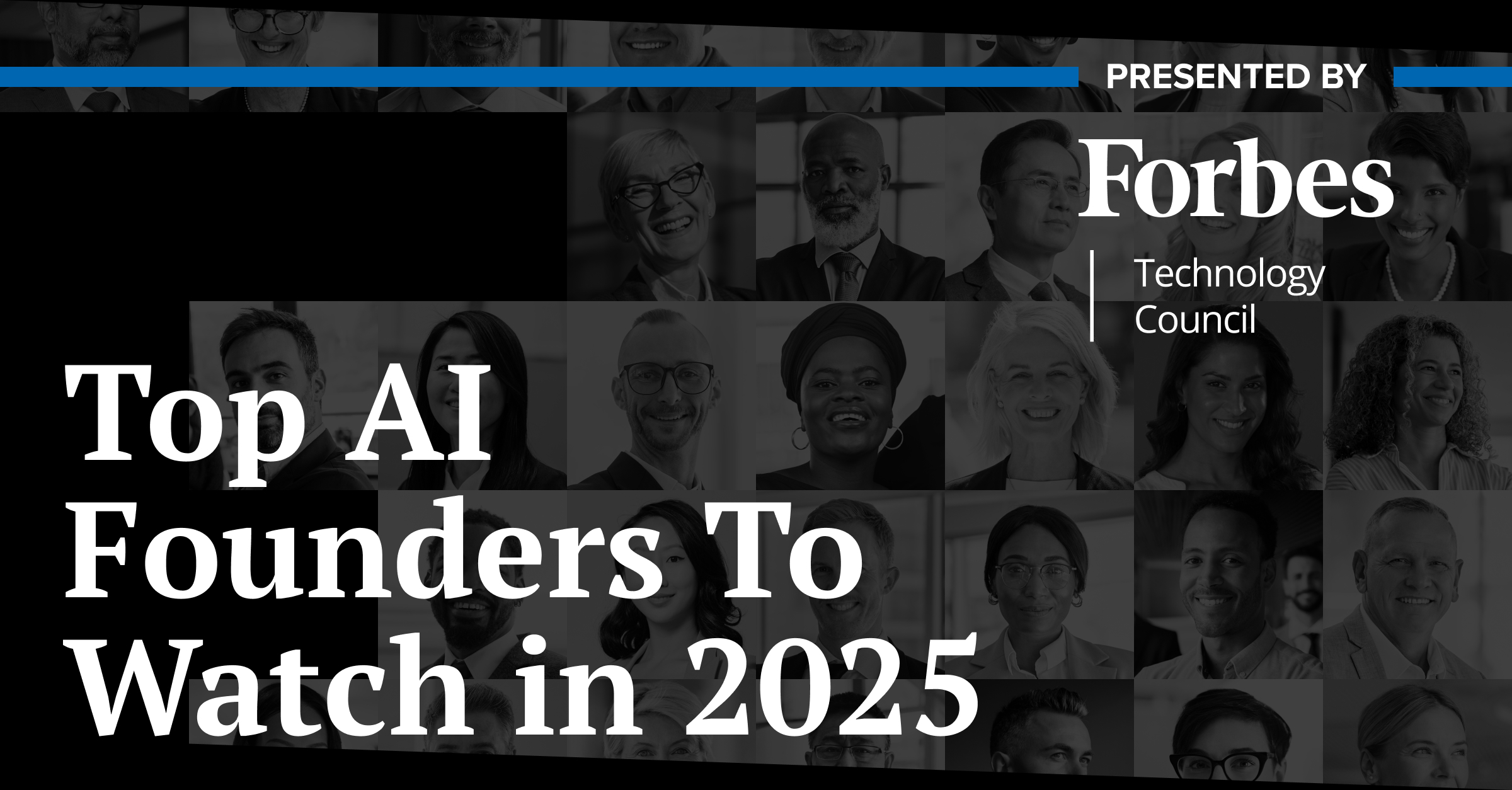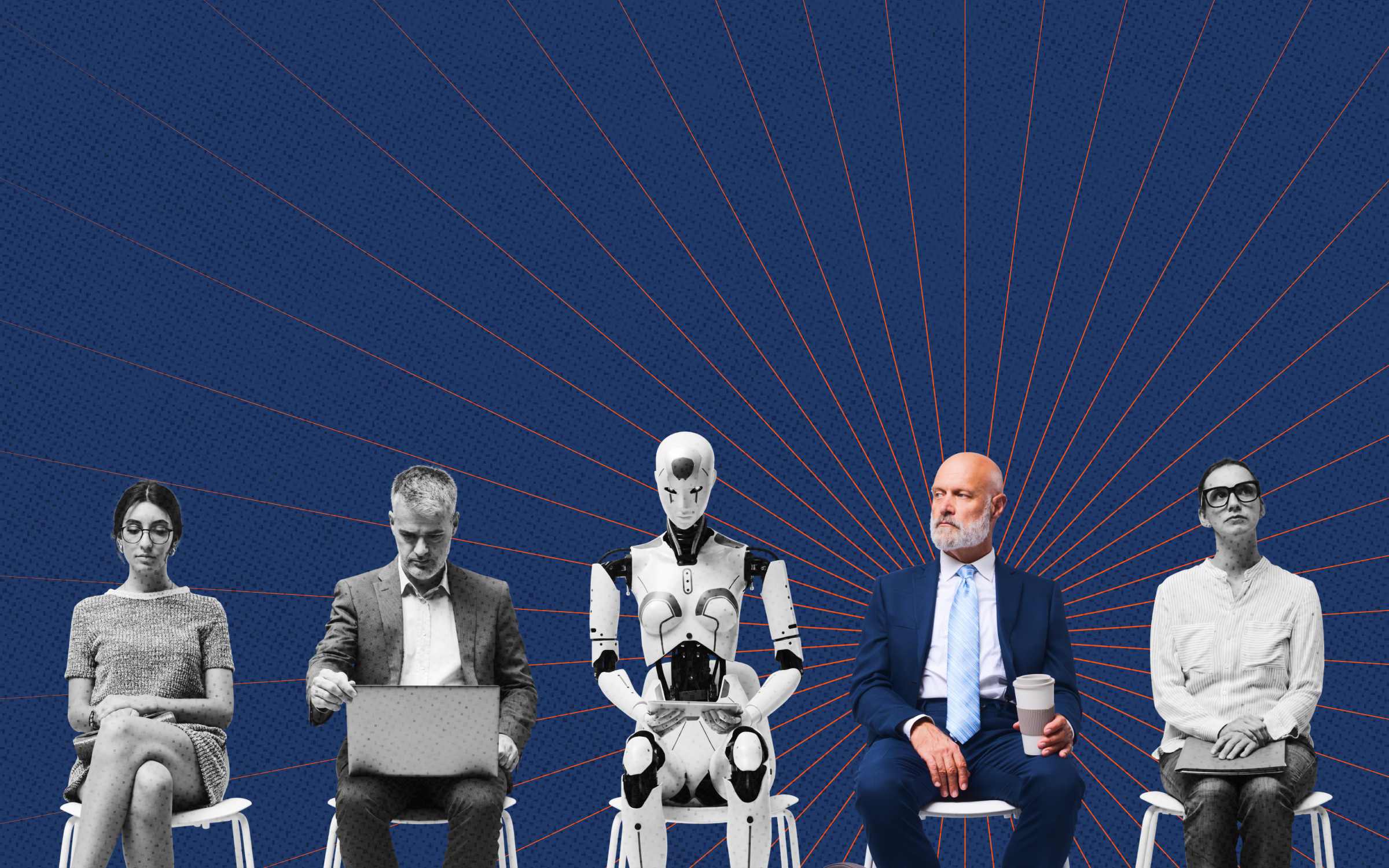Look at your company’s job descriptions. How many of them list degree requirements? More importantly, how many need a degree to do the job? Some? Sure. All? Probably not.
If you’re struggling to fill open roles while at the same time falling short of your diversity recruitment goals, it may be time to reassess your hiring approach and consider skills-first hiring. Removing educational requirements and instead focusing on the skills a candidate can bring to your company will greatly expand your candidate pool.
The approach of valuing employees’ skills first removes barriers to entry for job seekers, especially individuals from underrepresented populations less likely to hold a college degree. According to data collected by the U.S. Census Bureau, only three in 10 Black adults and two in 10 Hispanic adults age 25 and older hold a bachelor’s degree, compared to a national average of 37.9%.
The History of Skills-First Hiring in Corporate America
While skills-first hiring started as an initiative at major tech companies, such as IBM and Google, to fill vacancies, it has since expanded across major industry sectors, including the state and federal government. This past December, for instance, Utah Governor Spencer J. Cox announced efforts to remove degree requirements and instead evaluate comparable experience for the majority of job openings within the state executive branch.
According to LinkedIn’s 2023 Future of Recruiting Report, three-quarters of recruitment professionals shared that skills-first hiring will be a company priority in 2023 and into the first half of 2024. In the second half of last year, LinkedIn was already seeing an uptick in job listings that didn’t require degrees — from 15% in June 2022 to 20% in December 2022.
Harvard Business Review recently called the skilled, non-degree-holding, diverse talent pool the “New-Collar Workforce.” The authors addressed the common misconception that having a college degree leads to skills such as better collaboration and critical thinking — in fact, there’s no evidence to suggest this.
For employers, there are clear reasons to make the shift. By taking a skills-first hiring approach, nine out of 10 companies say they had a reduction in the cost to hire, the time to hire, and the number of mis-hires, according to Test Gorilla’s report, The State of Skills-Based Hiring 2022. Nine out of 10 companies also saw an increase in retention and diversity.
For employees, the results are also positive. The same study reported that 72.1% of employees who joined their company through a skills-first hiring model are happy in their roles compared to 62.9% of those who were not hired this way. Furthermore, only 3.2% of skills-first hires plan to leave their roles in the year ahead, compared to 7.3%.
Senior Executive L&D spoke with four diversity and recruitment leaders to find out their strategies and advice for getting skills-first hiring right. Here are seven tips they shared.
1. Review job descriptions to eliminate unnecessary credentials.
The most obvious entry barrier you can remove for non-degree-holding job seekers is the degree requirement from your job descriptions.
“There’s sort of this old-school idea that you have to have a very specific degree, a very specific background, a very specific connection point in order to succeed,” says Shanis Windland, VP of HR and previously the global head of DEI at cloud computing company VMware. But in fact, she says, “a lot of different people can be successful in a company.”
While VMware does have specific jobs that require degrees, such as research positions with Ph.D. qualifications, most job descriptions at the company do not have degree requirements. Instead, Windland explains, “We are writing the job descriptions based on outcomes…what we want you to accomplish in the job versus the exact skills that we’re looking for in a person.”
The company began assessing and rewriting its job descriptions several years ago, and the approach became part of VMware’s internally developed Guided by Outcomes (GO Hiring) model, implemented nearly two years ago. (More on that model later.)
Windland shares that job descriptions now include:
- Why the company is looking for somebody to fill the role.
- The types of things the candidate would do at the company.
- What a 30-, 60-, 90-day outcome looks like.
- The type of work the candidate has done in the past.
The hiring manager will also provide details on what type of manager they are and who they work best with. “I love that because it really personalizes the job description as well and gives people an insight into how they’ll actually work and who they’ll work with at VMware,” says Windland.
As of the beginning of 2023, 78% of the job descriptions at VMware followed the GO Hiring format. And during the first year of use (February 2021 through January 2022), job postings using the GO Hiring model received about 80% more applicants compared to the traditional job description. The number of women and underrepresented minority candidates in the U.S., two populations the company has goals to increase representation, doubled.
Nonprofit medical center Cleveland Clinic and biopharmaceutical company Merck have also taken steps to eliminate unnecessary qualifications from job descriptions.
In an effort to hire caregivers, Dr. Melissa Burrows, director of talent acquisition and workforce diversity at Cleveland Clinic, says she and her team reviewed every job description. “We then rewrote more than 260 job descriptions to remove unnecessary degree requirements and emphasize the needed job skills.”
For 2023, diversity recruitment goals at Cleveland Clinic include 1,450 local hires in Cleveland, and 900 hires and promotions of Black individuals in partnership with OneTen, a nonprofit organization with a mission to help organizations hire and promote one million Black individuals who do not have four-year college degrees.
OneTen was co-founded by Ken Frazier, previously Merck’s CEO, alongside executives from American Express, IBM, and other companies committed to the mission. Celeste Warren, VP of global diversity and inclusion center of excellence at Merck, is an executive sponsor of the company’s work in collaboration with OneTen.
Warren notes that assessing whether or not an educational requirement is necessary for jobs is not a simple task.
“We can’t just look at one role; we have to look at the entire job family, because if we implement this, it has to be consistent across the enterprise,” she explains. “You have to also look downstream and say, ‘What may be some of the implications?’”
H-1B visas are an example. To be eligible for this visa means you’re filling a role that requires a specialized degree. Therefore, Warren says, you need to be sure that jobs within that job family, into which a hire could advance, are not eligible for H-1B visas before you remove the degree requirement.
“You have to basically have a cross-functional group of people that are looking at it — HR generalist or business partners, your global talent acquisition group, the line managers,” Warren advises. “It’s not something that you just do overnight.”
2. Adjust your hiring model.
Your hiring model may change in the way that you source talent (through partnerships, which we’ll get to later), but it also may change in the way that you evaluate candidates and move them through the interview process.
VMware developed a three-pronged approach to candidate evaluations:
- Request a work sample.
- Conduct a discovery interview.
- Ask value-based questions.
Hiring managers then customize each step of the process. “It wasn’t enough just to say, ‘Okay, you drop the requirement,’” says Windland. “We really wanted to change…the way that we interviewed to ensure that folks coming through the pipeline had equal opportunity to get hired.”
One recent work sample at VMware was for a diversity, equity, and inclusion role, which asked the interviewee to role-play to see how they’d respond to certain on-the-job scenarios.
“It helped me successfully see how a candidate would work with a new executive and how they would react to certain situations,” shares Windland. “We’re not looking for 25 hours of work… We just want to get an idea of how this person works with the work sample simulation.”
Meanwhile, the discovery interview gives a hiring manager time to walk through a real-world problem with the candidate. During a discovery interview for a project manager role, the problem presented was the release of a new feature for a consumer app that sparked backlash. The candidate was asked how they would respond to the situation, and they worked through it with the hiring manager.
“It’s not meant to make [a candidate] feel put on the spot,” adds Windland. “You can answer questions, you can talk through it together.”
Finally, asking value-based questions offers hiring managers a chance to see if a candidate’s individual values align with your company’s. Since VMware’s values are execution, passion, integrity, customer, and community, a DEI candidate may be asked: How do you build community?
VMware’s three-pronged GO Hiring model increased female employees from 27.1% to 29.8% between January 2021 and February 2023, and women in tech roles specifically grew from 24.7% to 28.4% respectively. Between January 29, 2022, and February 3, 2023, 16.3% of new hires identified as an underrepresented minority.
3. Communicate with your hiring managers and stakeholders.
Despite all your best efforts, skills-first hiring won’t be successful unless your entire team understands and is on board with the changes.
After initial confusion about the job requirement changes happening at Cleveland Clinic, Burrows partnered with stakeholders to conduct discussions explaining the skills-first hiring initiative. She advises engaging with your HR and compensation teams.
“It is important to hold meetings at both the department level and one-to-one as necessary. The meetings allow everyone an opportunity to engage in robust conversations,” she says.
Similarly, Windland experienced some initial hesitation to the skills-first hiring approach at VMware.
“A lot of people have said, ‘Oh, I’ve hired a long time; I know exactly how to interview; I know exactly how to find people who are a fit.’ This is going to be a shock to hiring managers and executives when they first experience it,” she shares. “That was my experience — this is strange; it feels weird. But in the end, you have such a great outcome that it sort of proves itself.”
To help communicate training efforts, VMware had the recruiting team educate hiring managers on best practices, including providing documents such as example job descriptions, a video-based training, and an online course. The key is consistency — give everyone the tools to succeed, explains Windland.
4. Build community partnerships to connect with talent.
Another aspect of skills-first hiring is expanding your talent pool. Bank of America focuses on partnerships to educate potential candidates on its job opportunities. Pathways, a partnership-focused hiring program, has helped the financial institution get more than halfway to reaching its goal of hiring 20,000 employees from low- and moderate-income neighborhoods by 2025.
“The majority of our jobs have not required degrees… Our challenge was getting out in the community and hosting education sessions to make sure people knew,” explains Christie Gragnani-Woods, SVP of external community partnerships and talent acquisition executive.
Bank of America is focused on hiring people in four main skills areas: sales, service and support, operations, and technology. “When we think about those particular skill-based areas, we then look across the country and we identify workforce development partners,” says Gragnani-Woods. “Our community college partners in the past, I would say, two to three years have become a really vital part of our strategy.”
She says general career fairs are a good way to get involved, but the company prioritizes education calls and recruiting events that are set up directly with the college so that people are able to ask questions and make direct connections.
These education calls can be virtual or in-person and review information about Bank of America’s online education resource called The Academy, which provides pre-skill training sessions on resume writing and interview preparation. The calls also go over the company’s employee benefits, open roles, and what they consider required versus desired skills.
5. Develop internship or apprenticeship programs to train talent.
To aid in reaching new hires, the roles available at your company should be paired with training opportunities, whether it’s an internship, apprenticeship, or another program that you develop internally or with an external organization.
In addition to working with community colleges, Bank of America partners with Year Up, which provides tuition-free education and a six-month internship to prepare skills-first talent for full-time roles. At Bank of America, these roles are in regional banking financial centers, customer service, software engineering and technology, and consumer investments at the Merrill Lynch home office.
Similarly, VMware established a partnership with DoD SkillBridge, which offers paid apprenticeships to help people transition out of the military and into roles at the tech company. The program’s duration is six months long and includes on-the-job training. To date, VMware has hired 55% of program participants for roles in areas such as technical account management, solutions engineering, and customer success.
Meanwhile, Cleveland Clinic developed its own paid apprenticeship program, “learn and earn,” which is about one year in length. “The curriculum was tailored to better support students’ success on certification exams and prepare them for becoming technicians,” says Burrows. The program started with pharmacy apprenticeships. In 2022, the goal was to have 25 apprentices, and by year-end, the Cleveland Clinic hired 33. Apprenticeships in the areas of epilepsy, sleep, and ophthalmology are being added this year.
Ultimately, before developing a partnership or new program, Gragnani-Woods recommends first understanding who your company needs to hire and where you want to hire. “Try to locate markets where you have a variety of jobs, so that you can offer that variety to the talent coming in,” she says. “Once you know the markets, and what you want to hire, then look for the community partners and the schools that can help.”
6. Provide ongoing training and support.
Once your skills-first hires join your organization as employees, you’ll need to provide training and development opportunities that enable them to thrive in their roles and advance during their tenures.
“We’ve put a lot of energy into what that full training program looks like from onboarding through development,” Gragnani-Woods says. The Academy has 315 distinct programs, covering everything from new hire training to upskilling.
Similarly, VMware offers a catalog of online courses for employees to develop their skills in areas of their choosing. Just as important, Windland notes, is providing a supportive company culture. Developing employee resource groups (ERGs), for example, allows your employees, especially those from marginalized communities, to connect with one another, ask questions, and seek mentorship.
Dedicated mentorship programs are another way to ensure your new hires have the support they need to be successful. At Bank of America, most mentors have been with the company for several years and are often early leaders, but they can be peers and executives.
“Local mentors seem to resonate better with our talent than virtual mentors,” says Gragnani-Woods. They found, over time, that pairing a mentor and mentee who are based in the same geographic location creates stronger connections and greater opportunities to learn and talk.
7. Get feedback along the way.
Feedback can come from new hires through recruitment or onboarding surveys, but it can also come from community partnerships you’ve developed.
Gragnani-Woods says, “When we started our pilot, and we started engaging community partners and community colleges, we asked along the way: What are your students telling you? What are your participants telling you?”
With 97 markets, Bank of America has a market president in each to connect with their communities and partners, so much of the feedback comes through regular conversations or feedback forms the partner organizations send to participants.
Gragnani-Woods says it was through feedback that they realized they needed to do a better job highlighting their benefits when speaking with candidates, and that developing more pre-skills training courses that people can access via The Academy would be helpful.
Whether it’s through formal surveys or conversations with your organizational partners, applicants, and new hires, use the feedback you receive to make adjustments and improve your skills-first hiring approach. By following these seven steps, you’ll be on your way to diversifying your workforce, filling critical vacancies, and eliminating a major entry barrier for candidates.






